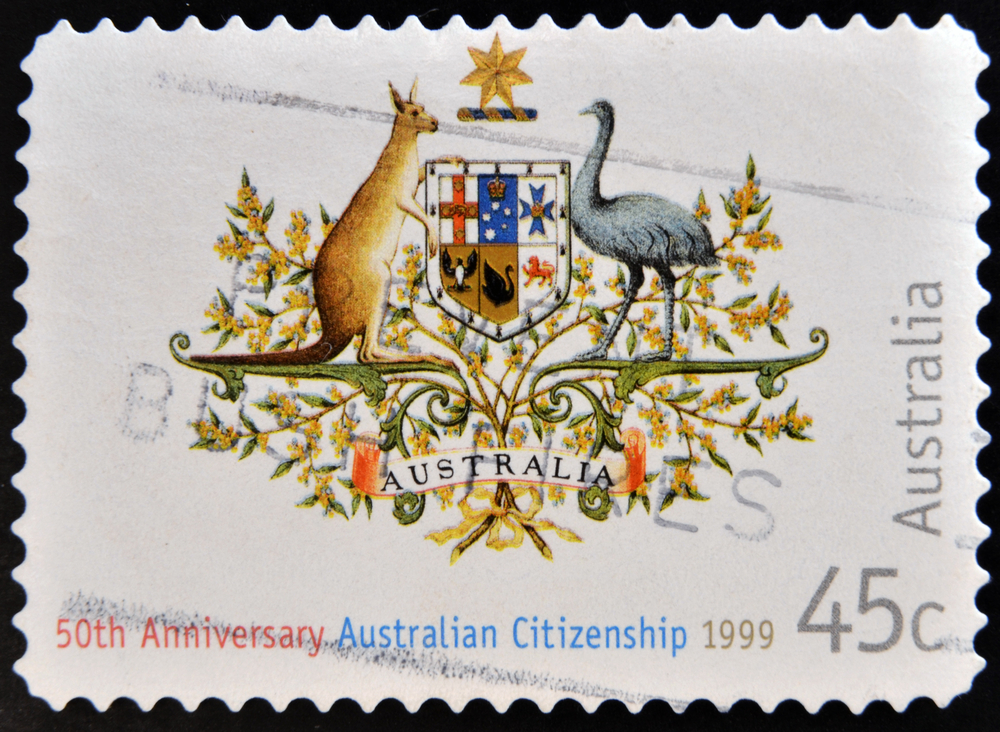Category: Blog
Migrating to Australia in 2023
Migrating to Australia involves a multi-step process that can vary based on the type of visa you’re applying for and your individual circumstances. As of my last update , I can provide you with a general overview of the process. Keep in mind that immigration policies and procedures can change, so it’s crucial to consult…

Thank you ever so much…
” First and foremost, you are in the hands of the most professional immigration lawyer I have ever dealt with. Mege made our journey of getting the permanent residency back smooth and fast. We absolutely delighted to get our dream life back and to be moving to Australia in early 2021. Given the COVID-19 situation and freeze…
Excellent help & guidance for visa information
Mege has answered all my questions and did so in a very professional way. Visa process is daunting but Mege has the whole process a lot easier and is always there to help with information. I can highly recommend Mege for visa advice to anybody looking to travel to Australia. Trevor M. Dublin Employer Sponsored…

Australian Working Holiday Visa – Age limit increased to 35
New Age Limit of 35 For Irish citizens, the new age limit is set to be increased from 30 to 35 years for the Australian working holiday visa. Minister of State for Foreign Affairs, Patrick O’Donovan made the announcement during an official visit to Melbourne this month with Minister for Foreign Affairs, Simon Coveney and his…

Navigate the Australian skilled migration points test successfully
How to calculate your pass mark if you want to apply for an Australian skilled migration visa If you want to apply for an Australian skilled migration visa, you will have to know how to calculate your pass mark under the points. To be eligible to apply for an Australian skilled migration visa like the…

Applying for a Resident Return visa? – Why it’s important to live in Australia for 2 years once you are a permanent resident
Resident return visa – Helping an old client Recently, I had a client who I helped apply for and obtain a skilled migration visa contact me about renewing their permanent residency status. They wanted to apply for a resident return visa. They had spent a couple of years on a work visa in Australia and…

Top 8 changes to the Australian visa system in 2018 you should know about if you want to live and work in Australia
If you want to live and work in Australia, and depending on your circumstances, you should know about these changes. Workers There is a new work visa in town. It’s called the Temporary Skill Shortage visa (subclass 482). For anyone over 30, who wants to live and work in Australia for between 2-4 years, the…

What can you do if you have a re-entry ban applied against you by Immigration?
Does a 3-year re-entry ban mean I can’t get a visa to go back to Australia? Many feel like the route back to Australia has been cut off to them forever but in fact, they still have options to apply for a visa for Australia. Unfortunately, there’s no getting rid of them once they are…

New changes to Australian citizenship
New citizenship changes As of 20 April 2017, the Australian government has introduced new changes to its requirements for applying Australian citizenship. Residency requirement Previously, you were required to have lived in Australia for 4 years as a resident and at least 12 months as a permanent resident. Now, you must have lived in Australian…

Move to Australia from America
Move To Australia From the USA There’s been a spike in the google searches for emigration out of America in the wake of Donald Trump’s presidential victory in the US. Canada’s immigration website crashed and the media is having a field day with twitterable, is that a word? Trump is certainly igniting debate on immigration,…
You must be logged in to post a comment.